

马特 · 桑德斯 / 摄影:斯蒂凡妮 · 米切尔(Stephanie Mitchell,哈佛大学)
玛丽安 · 古德曼画廊继续推出聚焦艺术家的专题IN FOCUS,每期挖掘画廊代理的一位艺术家。我们希望通过一些精选的故事、采访、视频和项目等,呈现艺术家创作的开阔性。马特 · 桑德斯(Matt Saunders)1975年出生于华盛顿州塔科马市,目前在柏林和马萨诸塞州剑桥市两地之间生活,并在哈佛大学任教。桑德斯的艺术实践将绘画、摄影及版画与动态影像连接起来,并大量参照电影、电影史,有时也包括虚构叙事。桑德斯的创作源于绘画和素描,是一种毫不刻意的跨媒介和跨形式的混合体。他的摄影作品不用相机,而是用手工制作的“底片”来产生既是抽象也是具象的图像。他让光穿过绘画,落在感光纸上,制作出绘画性和光感兼备的摄影图像,并将这些图像纳入动态装置。桑德斯的动态装置通常是抽象的,通过多个定制屏幕投影数千幅图画,利用投影的图像将建筑作为沉浸式影像体验的一部分。写作也是桑德斯艺术实践的核心元素之一。一本全新的大部头专著将于2021年秋季由Dancing Foxes出版社发行,其中将收录桑德斯的文章以及本杰明 · 保罗(Benjamin Paul)、安东尼 · 比尔特(Anthony Byrt)、米兰达 · 利希滕斯坦(Miranda Lichtenstein)、汉娜 · 克莱姆(Hannah Klemm)和詹妮弗 · 罗伯茨(Jennifer L. Roberts)的最新文章。
对创伤的描述可以是直白的,或隐晦的,有时甚至两者兼而有之。但在很多情况下,创伤根本无从表述。2016年,在玛丽安 · 古德曼巴黎画廊同时举办的两个独立展览中,达拉 · 比恩鲍姆(Dara Birnbaum)和马特 · 桑德斯(Matt Saunders)均探讨了这一动荡而充满张力的地带——不论是世界冲突、个人疾病、海平面上升,或图像本身的内在。展览期间,纽约艺术杂志《Bomb Magazine》的克里斯 · 张(Chris Chang)和两位艺术家进行了一场对话。我们从中选取了桑德斯有关其创作的一些回答。马特 · 桑德斯 / 《巴黎1910(版本1)》,2016 / C print,柯达高级哑光相纸 / 127.5 x 145.7cm克里斯 · 张:马特,能通过标题来解释一下你的作品吗?
马特 · 桑德斯: 法语中的“Inondé”,意思是被淹没或被击溃——被铺天盖地涌来的事物给吞没。这个标题来自一张表现了1910年巴黎塞纳河洪灾的明信片,但主题本身有一个更早、更私人的起源:我有一件作品在飓风“桑迪”席卷美国时被毁掉了。那是一幅银盐冲印作品,一张具有“流动感”的图像。我最初是在底片上作画,把冲洗照片的化学药水倒在上面,用手涂抹,属于在形成或消解的一系列图像中的一部分。而飓风对这件作品施加的效果远远优于我的尝试!后来我把它从画廊带了回来,从那以后,它成了唯一一件我一直挂在工作室的作品。
马特 · 桑德斯 / 《穆赫兰》,2016 / C print,柯达高级哑光相纸 / 119 x 175cm克里斯 · 张: 所以,飓风侵袭的时候这张照片在哪里?
马特 · 桑德斯: 在切尔西的一个地下室里。洪水淹没了照片下部的三分之一,使得照片与纸底有一部分分离。水退时照片也回复到了原位,并出现了像溪流和洪水一样的线条效果。这一自然作用的产物,既令人兴奋也让人心怀谦卑。我认为它代表了我的创作核心:寻找超越边界的方法。先放下一些东西,再重新抓住它,这样一来,风险、偶然和其他力量就会发挥作用。这张图片就是完美的体现。马特 · 桑德斯个展“淹没”现场,玛丽安 · 古德曼巴黎画廊,2016
克里斯 · 张: 你的影像被定义为“抽象”。是这样的吗?对我而言,抽象要么是像汉斯 · 霍夫曼(Hans Hofmann)的作品,或者是从自然中获取元素而生成。你的作品似乎更像是一种跳脱出现实的抽象。马特 · 桑德斯: 这是我迄今为止最抽象的作品,因为只有很小的三段对现实的清晰“再现”。展览中的动态影像和一半的摄影作品都是“抽象”的,但从某种程度上说,它们也源于自然——源于影像创作,源自创作过程。我让抽象素描成为动态影像的组成部分,试图把对节奏的种种想法空间化,想象如何把握时机与断续,如同在创作一幅逐渐展开的长卷。我对绘画距离的时间性以及其材料作了很多专门的思考。展览中的抽象摄影也是由这些素描构成的。成为动态作品的一部分并未消耗掉这些素描的特质和潜能。我在做的,是把过去计划中的素材重新挪用,重新处理。马特 · 桑德斯个展“淹没”现场,玛丽安 · 古德曼巴黎画廊,2016
克里斯 · 张: 马特,你能说明一下克洛斯 · 特韦莱特(Klaus Theweleit)对此次展览的意义吗?马特 · 桑德斯: 他是我的其中一个参照。特韦莱特是一位德国作家,他的《男性的幻想》(Male Fantasies)一书探讨了自由军团(Freikorps)的文化产物。这一准军事组织曾被去暴力化并解散,后又被重新召集起来四下作恶,是纳粹党卫军的前身。我最近重读了特韦莱特的一些作品,这或许是本次展览中个人化的部分所在。书中创造了一种用恐惧和幻想构筑的,焦虑的世界观,作者围绕着隐喻性图像的冲击来组织整本书,比如洪水——那些害怕涨水的人会执着于墙和“力量”。这是想以岩石的坚固对抗沼泽的吞噬。做一个类比,对很多人来说,今天的美国似乎处在一个水位不断上涨的时代,无论是指隐喻层面还是字面意义。这一意象直接来自特韦莱特的书,但这些隐喻并不一定要导向同一结局。
马特 · 桑德斯个展“淹没”现场,玛丽安 · 古德曼巴黎画廊,2016
我们一直在讨论创伤。我的作品被飓风“桑迪”摧毁:对作品本身而言,这是物质层面的创伤;但对我而言,这是一种宣泄。我一直认为最积极的做法便是顺应自然之力——这是一种溶入这些力量的方式。迁移并失去过去牢牢包围自己的稳定感,在将来或许是个令人兴奋的计划。城市(因洪水)而化身为运河,是一幅美丽而颇具深意的画面,却也是有关灾难的画面。

展出一览
马特 · 桑德斯个展现场,玛丽安 · 古德曼书店,2018马特 · 桑德斯个展“关于我们的气候的诗篇”现场,玛丽安 · 古德曼伦敦画廊,2018
马特 · 桑德斯 / 《禅之森》,2017 / 六部分,银盐冲印 / 300 x 672cm
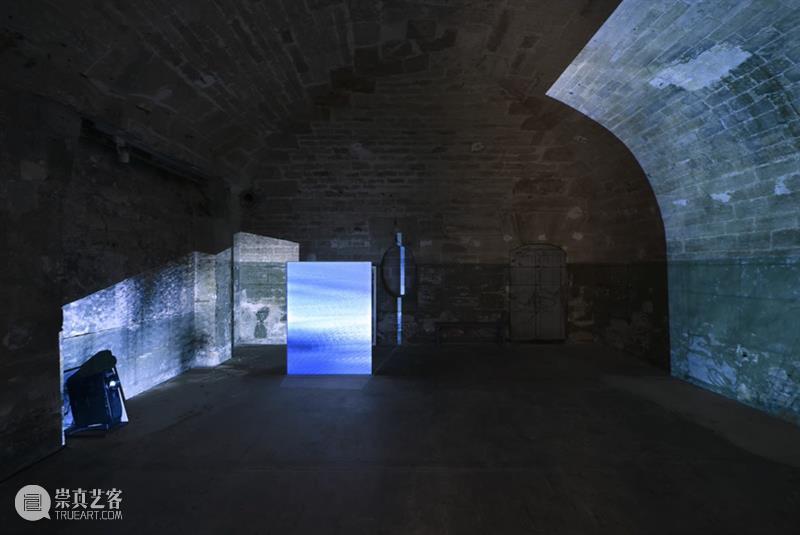
马特 · 桑德斯个展“淹没”现场,玛丽安 · 古德曼巴黎画廊,2016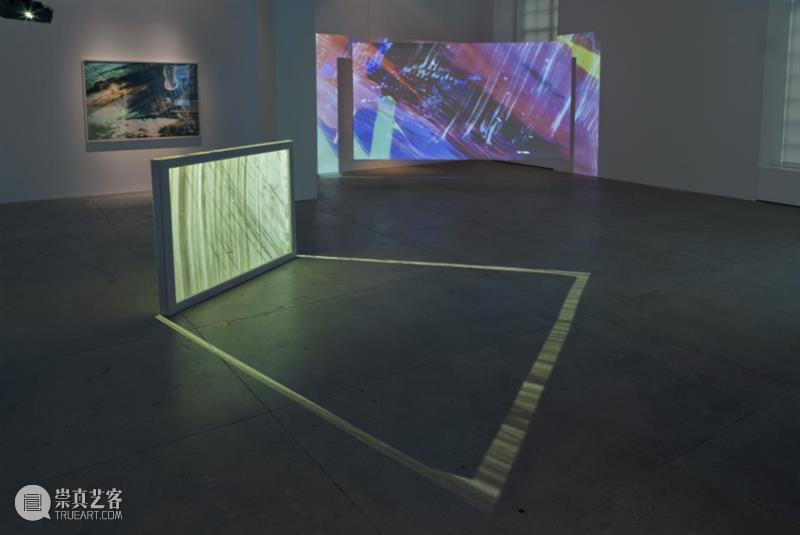
马特 · 桑德斯个展现场,玛丽安 · 古德曼纽约画廊,2015
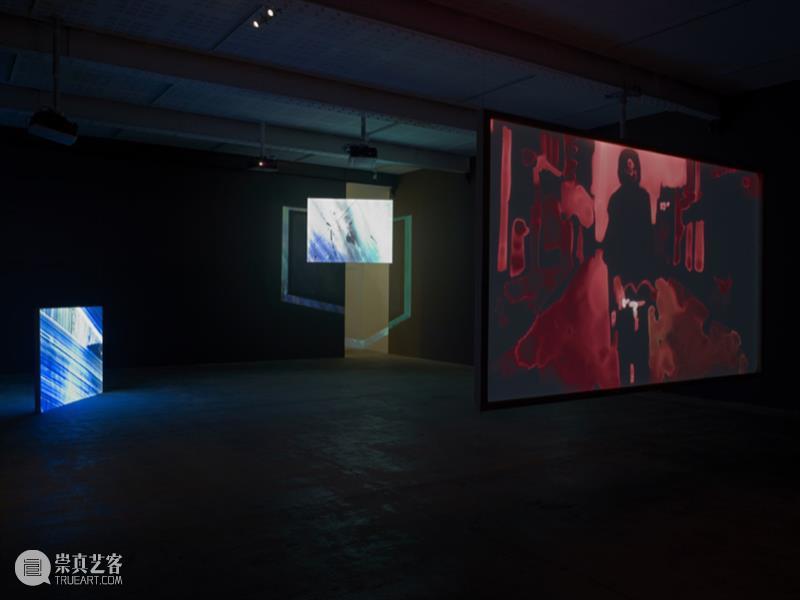
马特 · 桑德斯个展“离他们一步之遥”现场,玛丽安 · 古德曼巴黎画廊,2014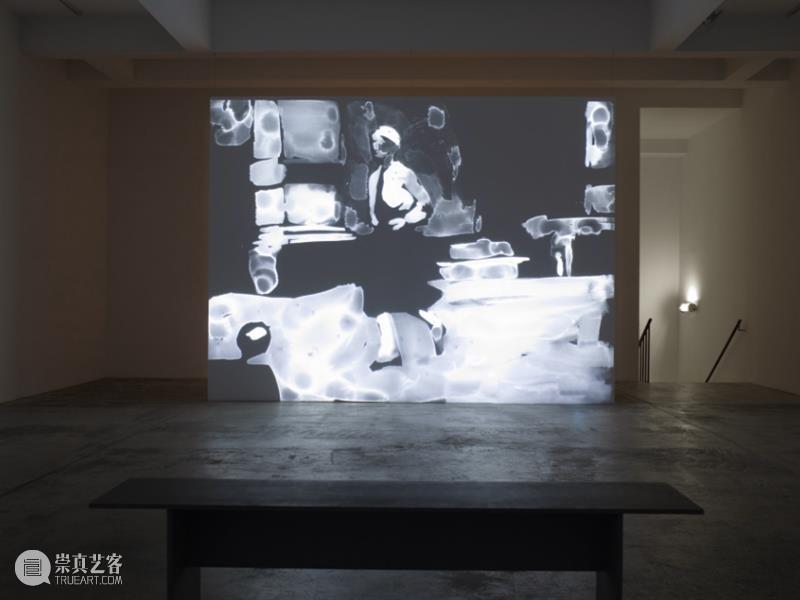
马特 · 桑德斯个展现场,玛丽安 · 古德曼巴黎画廊,2011

关于艺术家
马特 · 桑德斯于1975年生于华盛顿的塔科马市,目前在柏林和马萨诸塞州剑桥市两地之间生活,并任教于哈佛大学。他1997年获得哈佛大学的视觉与环境研究学士学位,2000年于耶鲁大学艺术学院获得绘画与版画方向的艺术硕士学位。2010年芝加哥文艺复兴协会为他举办首次机构个展。他近年的个展包括在上海油罐艺术中心和乔空间(2018),泰特利物浦美术馆(2012)以及哈佛大学卡本特视觉艺术中心(2012)的展览。
他的作品亦参加多个艺术机构的群展,包括马塞诸塞州MAss MoCA美术馆(2017),伦敦绘画室艺术空间(2016),巴黎东京宫(2016),纽约惠特尼美术馆(2013),林肯de Cordova美术馆(2012),沙迦双年展(2011),科罗拉多阿斯彭美术馆(2011)。他的作品被众多重要机构收藏,包括:纽约现代艺术博物馆,纽约古根海姆美术馆,旧金山现代艺术博物馆,加州大学洛杉矶分校哈默美术馆以及波士顿美术馆等。
桑德斯曾于2015年获得de Cordova雕塑博物馆及公园的拉帕珀特艺术奖,2013年获得让-弗朗索瓦 · 普拉特奖,2009年获得路易 · 柯弗 · 蒂凡尼基金会奖。
Marian Goodman Gallery is pleased to continue our artist-centric newsletter IN FOCUS, where we delve deeply into one artist on the MGG roster at a time. Aiming to show a fuller picture of the breadth of our artists' careers, we will feature our favorite stories, podcasts, interviews, artists’ writings and videos from the archive, as well as new and upcoming projects.Matt Saunders (b. 1975, Tacoma, Washington) lives between Berlin, Germany and Cambridge, Massachusetts where he currently teaches at Harvard University. Saunders’ practice connects painting, photography, and printmaking to the moving image, heavily referencing film, the history of cinema, and sometimes fiction. Originating in painting and drawing, Saunders practice is an effortless hybrid across media and format. His photographic works are made without the use of a camera, instead producing images–both figurative and abstract–with handmade “negatives.” By passing light through paintings onto photosensitive paper, Saunders creates photographic images that are at once painterly and luminous, which he then uses as a part of his animated installations. Saunders’ animations, often abstract, deploy thousands of drawings across multiple, custom screens, using the projected images to employ architecture as part of an immersive film experience. Writing is also a central element to Saunders' practice. A major new monograph, forthcoming from Dancing Foxes Press in Fall 2021, will include Saunders’ own writing, alongside recent essays by Benjamin Paul, Anthony Byrt, Miranda Lichtenstein, Hannah Klemm, and Jennifer L. Roberts.
Depictions of trauma can be blunt, oblique, and sometimes even both. In many cases, trauma is simply beyond representation. In 2016, in two separate, simultaneous exhibitions at Marian Goodman Gallery in Paris, artists Dara Birnbaum and Matt Saunders explored the terrain of such upheaval and strain—be it world conflict, personal illness, rising seas, or inside the image itself. A conversation with both artists was held by Chris Chang for Bomb Magazine during the shows. We’ve chosen for you several of Saunders’ answers about his works. Chris Chang: Matt, can you explain a little about your work, also by way of its title?Matt Saunders: Inondé, which means flooded or overwhelmed—inundated. I took it from a source image—a postcard depicting the flooding of Paris in 1910—but the topic has an earlier, more personal origin: a work of mine that was ruined by Hurricane Sandy. It’s a silver gelatin print, a very “liquid” image from a painted negative, on which I poured the developing chemistry, applying it by hand, part of a series of images forming and dissolving. The hurricane achieved much more than I could have ever hoped for! I later got it back from the gallery, and it’s the only thing that’s been hanging continuously in my studio since. CC: Wait, just where was this photo during the hurricane?MS: It was in a basement in Chelsea. The water rose a third of the way up the image, lifted off the entire surface, then deposited it back, with rivulets and flood lines. It’s a humbled object, an exciting object. I figure it represents something very central to my work, which is finding ways to overrun boundaries. Letting go of something, catching it again, so that risk and chance and other forces come into play. This one picture was a perfect expression of that.CC: Your film has been labeled “abstract.” Is that true? To me, abstraction means either Hans Hofmann, or an abstraction from nature. Your work seems more an abstraction apart from reality.MS: It’s the most abstract to date, in that there are only three tiny sections of clear “representation.” The animation and half of the pictures in the show are “abstract” but they are also drawn in a way from nature—from film work, from process. I make abstract drawings as passages of animation, trying to spatialize ideas of rhythm, imagining timing and syncopation as I work on long, rolled out scrolls. There’s a lot of specific thinking about the temporality of a distance of drawing and then the materials of it. The abstract pictures in the show are made with these drawings, too. Being in moving image work doesn’t exhaust their identity or potential energy. I’m re-appropriating, also re-approaching material from past projects.CC: Klaus Theweleit. Can you, Matt, explain his significance to your show?MS: Well, it’s a point of reference among several. Theweleit’s a German writer whose book Male Fantasies grappled with the cultural products of the proto-Nazi Freikorps movement, the de-mobbed and then re-mobbed militia groups.This may be where this show is personal, as I’ve gone back recently to reread things like Theweleit. It’s about the creation of an anxious worldview, framed by fear and fantasy, and he organizes the book around the impact of metaphoric images, for instance the Flood—those afraid of rising tides fixating on walls and “strength.” The rock versus the swamp. America, as an analogy, now seems to be in a time when the waters are rising for many people, metaphorically and literally. It’s straight out of Theweleit, but these metaphors don’t have to be harnessed to the same end.We’ve been talking about trauma. My work being destroyed by Hurricane Sandy: it was traumatic to the work materially, but it was cathartic for me. I’ve always thought of submitting to the current as the most positive thing—a way of dissolving into these forces. The idea of immigration and losing a citadel of old stability seems like an exciting project for the future. The city repurposed as a canal is a beautiful and profound image, but it’s an image of disaster.

Matt Saunders was born in 1975 in Tacoma, Washington. He lives between Berlin, Germany and Cambridge, Massachusetts where he currently teaches at Harvard University. In 1997, Saunders received a BA in Visual and Environmental Studies from Harvard and completed his MFA in Painting and Printmaking in 2000 at the Yale University School of Art. In 2010 the Renaissance Society of Chicago organized his first solo institutional show. He has also exhibited at Tank Shanghai Project Space, China (2018); Qiao Space, Shanghai, China (2018); Tate Liverpool (2012): and the Carpenter Center for the Visual Arts, Harvard University, Massachusetts (2012). Matt Saunders' work has been in numerous group exhibitions including at: Mass MoCA, North Adams, Massachusetts (2017); The Photographer's Gallery, London (2016); Palais de Tokyo, Paris (2016); the Whitney Museum of American Art, New York (2013); de Cordova Museum, Lincoln, Massachusetts (2012); the 2011 Sharjah Biennal; and the Apsen Art Museum, Colorado (2011). His work is in the collections of major institutions including The Museum of Modern Art, New York; the Guggenheim Museum, New York; the San Francisco Museum of Modern Art, California; the UCLA Hammer Museum, California; and the Museum of Fine Arts, Boston. Saunders was the 2015 recipient of the Rappaport Prize from the de Cordova Sculpture Park and Museum, the 2013 Prix Jean-François Prat and the 2009 Louis Comfort Tiffany Foundation award.
正 在 展 出 I CURRENT EXHIBITIONS
20 JANUARY - 13 MARCH 2021Tuesday - Saturday, 11 am - 7 pm20 JANUARY - 13 MARCH 2021Tuesday - Saturday, 11 am - 7 pm
即 将 展 出 I FORTHCOMING EXHIBITIONS
T 212-977-7160
newyork@mariangoodman.com
Monday - Saturday, 10 am – 6 pm
WeChat:MarianGoodmanGalleryWebsite:http://mariangoodman.comFacebook:Marian Goodman GalleryInstagram:mariangoodmangallery




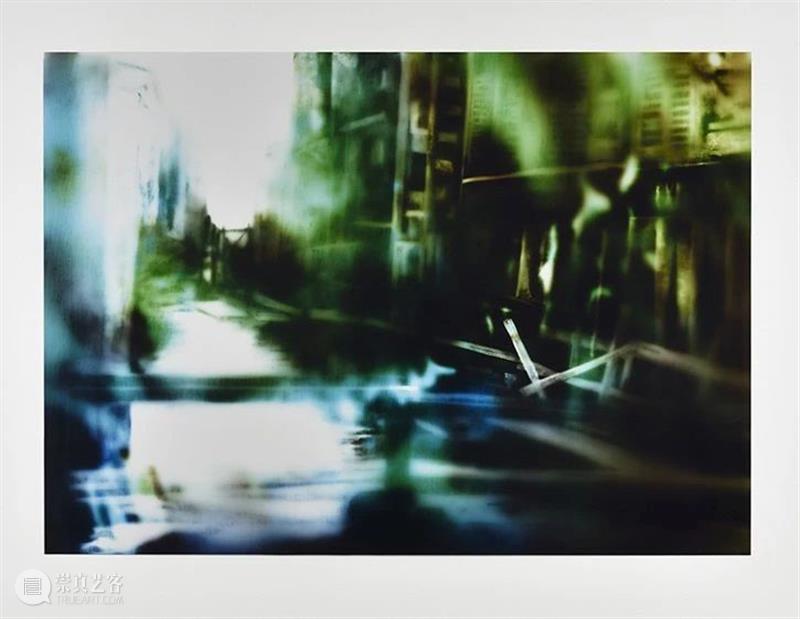
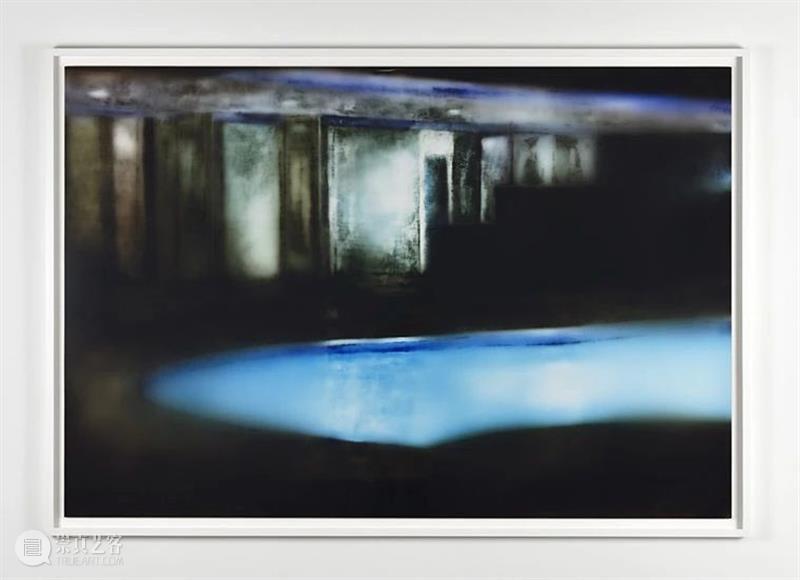
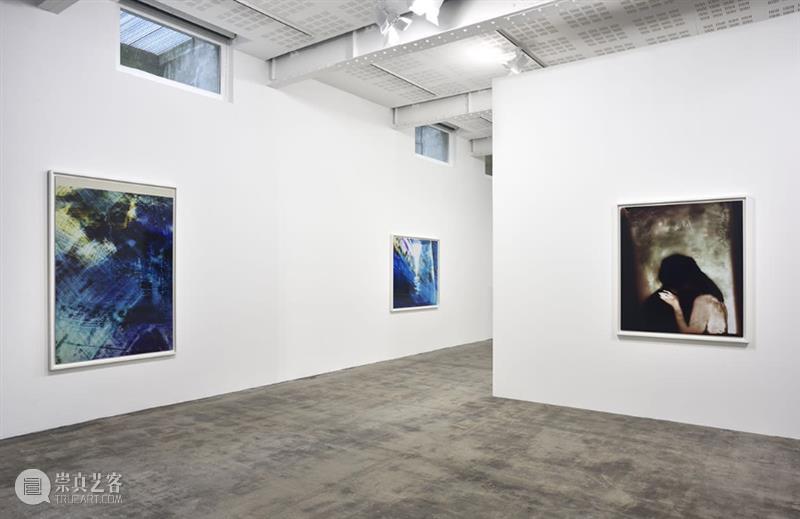
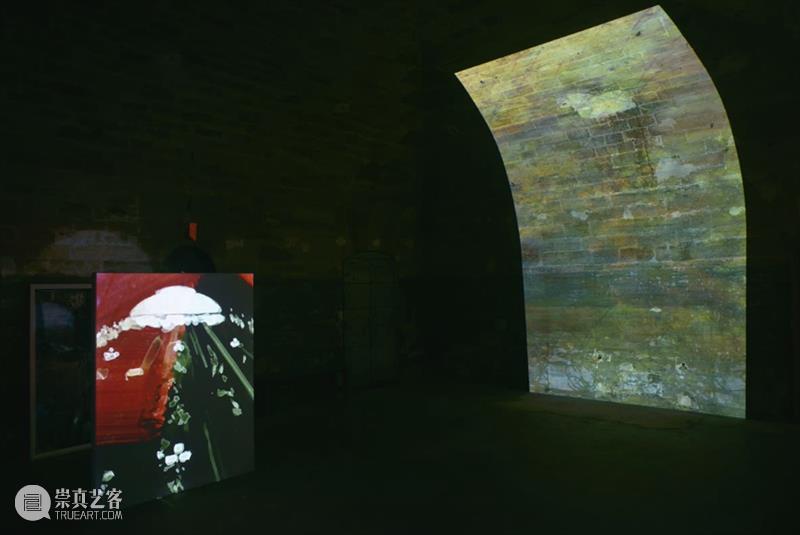
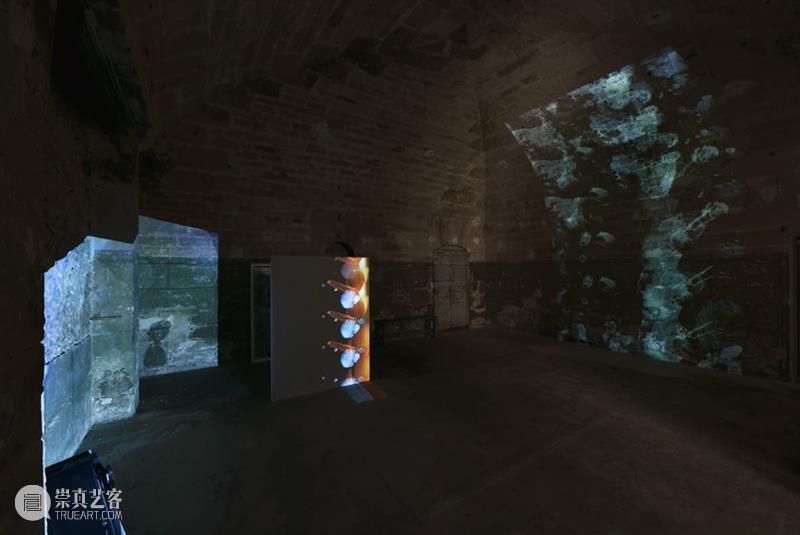

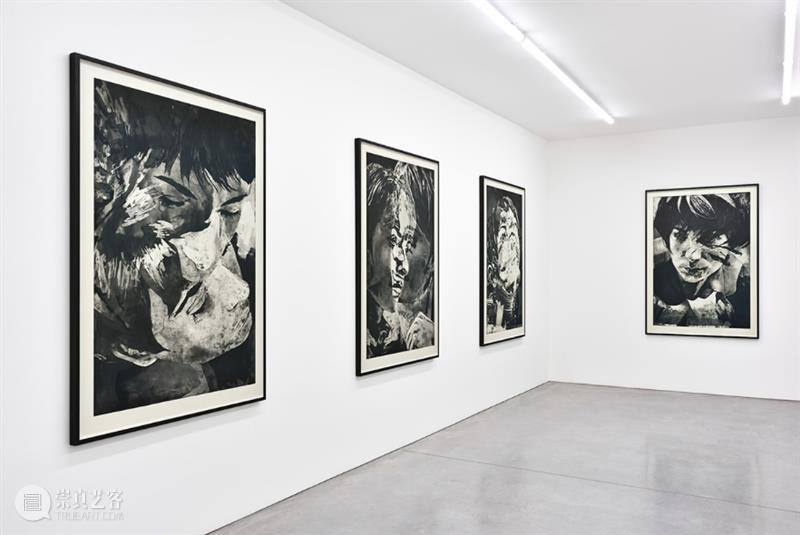
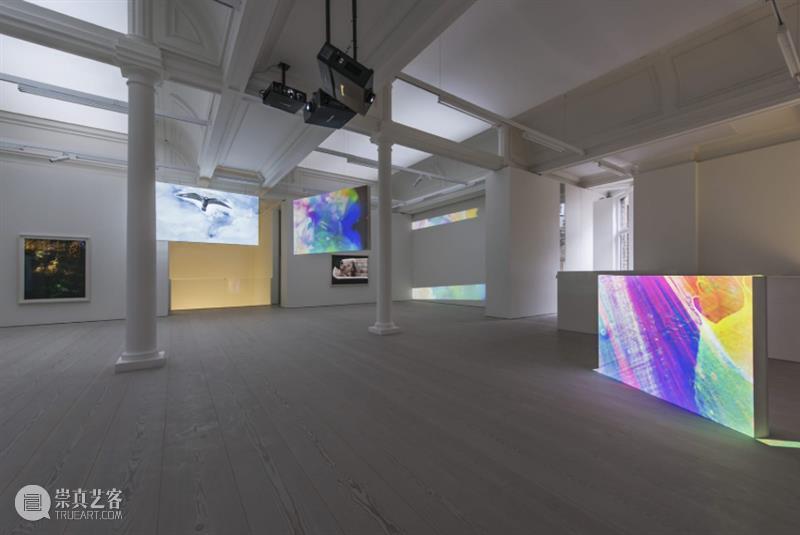
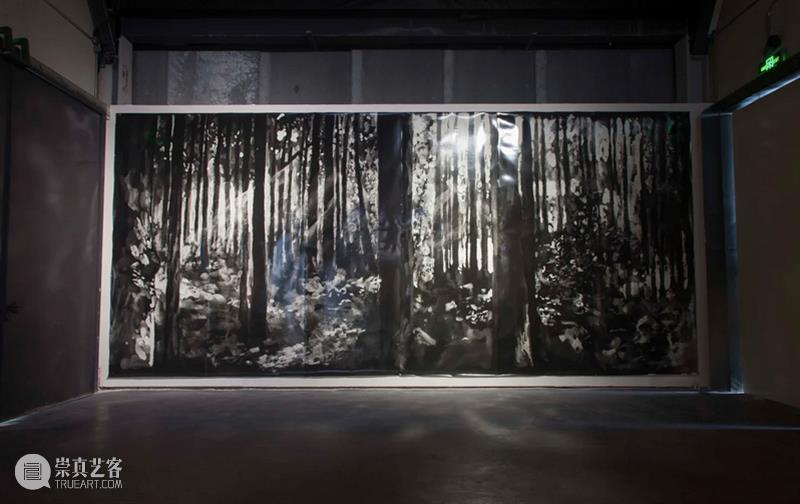








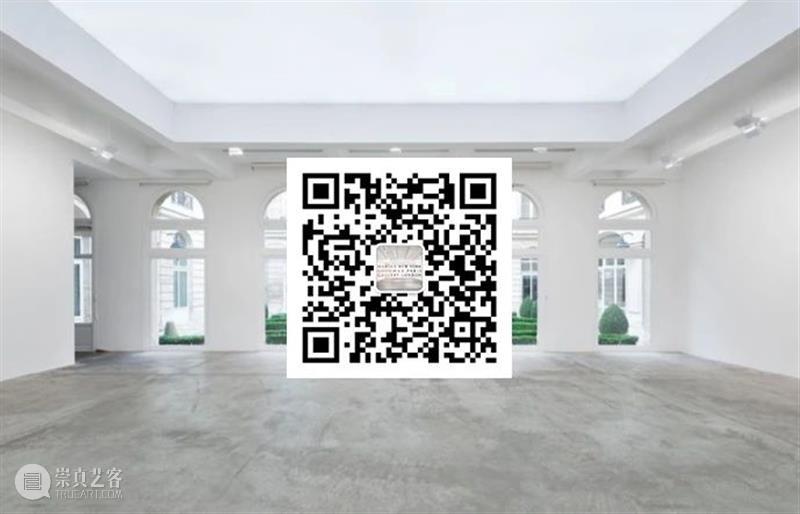







 分享
分享